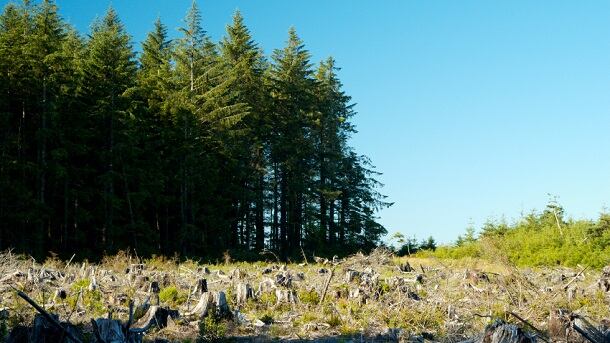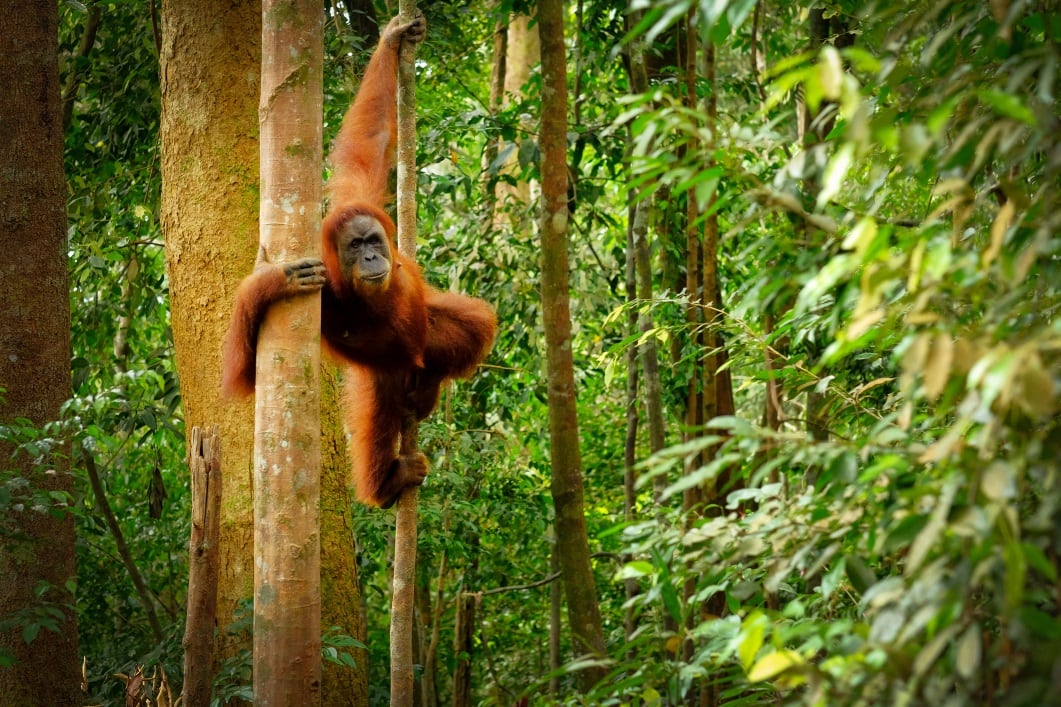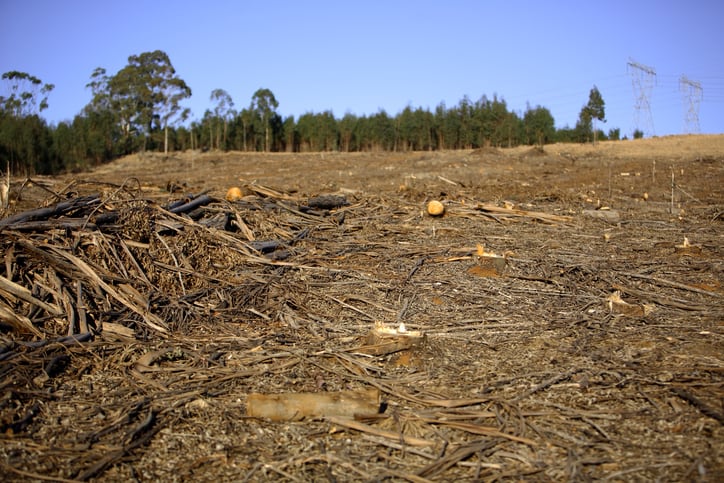The latest climate science offers ‘compelling proof’ that shifting away from unsustainable food production and consumption approaches built on forest destruction would help slow global warming, according to a panel of climate change experts.
In particular, eating less meat and avoiding commodities that contribute to deforestation could help rectify ‘competing visions’ of land use, that result in tension between agricultural production and forests, a briefing held ahead of the release of the Intergovernmental Panel on Climate Change Special Report on Land was told.
The highly anticipated report will be launched in Geneva this week (8 August). “If there is something that is breathtakingly ambitious or unusual about this report it is the degree to which they are taking on everything that is controversial about land use,” Dr Katharine Mach, associate professor and faculty scholar at the University of Miami, told journalists.
This, she said, includes challenging the current system of agricultural production.
Forests and food production: a two-way street
Dr Mach stressed the important role that forests play in keeping the world’s climate in check. Forests remove a third of carbon emissions in the air each year. Protecting and expanding forests could provide an additional 25% of the mitigation needed by 2030 to keep global warming at 1.5 degrees.
“Clashing visions for the role land might play now and into the future come with a risk of overlooking the critical role of forests. Protecting and restoring forests can be one of the most effective options we have for storing and removing our emissions of heat-trapping gases,” said Dr Mach.
In addition to acting as carbon sinks, forests support clean air and water, supplying rainfall to support agricultural production. This supports our current food system, the climate scientists stressed.
As Dr Carlos Nobre, a senior climate scientist at the University of São Paolo, noted: “Forests cool the tropics by more than one degree and increase the level of rainfall… They also cool downwind regions, including central Brazil where there is a lot of agricultural activity.”
However, Dr Nobre – ann expert in the Amazonian region – had an important warning. “Deforestation rates increased dangerously in the last three years. Especially in the last 12 months, during which the deforestation rate in the Amazon has increased by over 40%. Deforestation rates in Colombia are also increasing. That is very worrying.
“The Amazon may be closer to a tipping point than we assumed before. If total deforestation exceeds 20-25%… it is currently at 16-17%... there might be an irreversible transformation.”
Climate smart regulation
Charlotte Streck, the founder of think tank Climate Focus, said that there are a number of ‘win-win’ actions that can foster a climate-friendly food system that is fit for the future.
“There is a bright future waiting for us. It is a future of healthier food, healthier people, no deforestation, more forests and less emissions. And all this with more people – the nine to ten billion by 2050.”
The challenge is clear, she suggested. “We have to stop deforestation, improve forests, increase food production all without expanding agricultural areas. We need to use the food more efficiently – that means waste less.”
Streck said the idea that the choice between food and forests is a ‘trade off’ is ‘not helping’, and characterised this polarising discussion as ‘paralysing’. Instead, regulators need to focus on areas of mutual benefit.
“There are a good number of win-win actions that government and individuals can take towards our bright future now. Governments can pass regulations that require the agricultural products we purchase to be deforestation-free. The can restore forests on non-crop land and regulate the overuse of [chemical] fertiliser.”
‘Eat less meat for a healthy future’
A consumption shift is needed in countries such as Europe and the US where we ‘over-consume’ meat, Streck argued. And here, individuals can make a real difference.
“There is also a lot that we as individuals can do – and do now. Actions that make us healthier and feel better and enable us to reduce our food footprint on land and climate. Most importantly we can eat less meat.”
Streck singled out animal agriculture because of its heightened impact on emissions and land-use.
“If consumption trends continue as projected, the world would need to increase food production by more than 50% and increase crop and prosperous land by about nearly 600 million hectares by 2050,” she warned.
“In this [context], currently livestock use up two-thirds of agricultural land but only supply about one-third of our calories. Meat is responsible for a staggering 15% of global greenhouse gas emissions and about two-thirds of our agricultural emissions. All this means that one of the most effective climate actions that we can take as individuals is to improve our diets.”
Streck noted that in the US consumption of meat is currently 270g per person per day – ‘a bit more than two hamburgers per day’.
If meat consumption was cut to about 50g per person per day – one hamburger every other day – she said we would achieve about half of the required reduction of greenhouse gases from the land sector and remove ‘most of the land pressures’. “We would also reduce the risk of cancer, diabetes or cardiovascular diseases,” Streck added.
She said that the green-shoots of consumer acceptance are already visible. “The good news is that we are already seeing diet changes in the United States and Europe. The consumption of red meat is falling, in particular, in urban centres. We are seeing a wave of plant-based dishes conquering the market and vegetarian choices are becoming more appealing and more varied every day.”




